|
Blog post by Marco Altini Below is an update of our research on the relationship between deep breathing and heart rate variability (HRV). It's been one year since HRV4Training launched HRV4Biofeedback, making it easier and more affordable to practice deep breathing at your resonant frequency Interestingly, we found that low HRV can be improved, at least acutely, with deep breathing (any dose might do) The previous image shows how people approaching this technique improve their session HRV. Below we also look at dose-response For some people, any dose will do, but a higher dose seems beneficial in general The follow-up analysis shows what drives these differences: In particular, it seems that only a high dose will provide benefits for people with already high HRV, while incremental benefits are shown for people with lower HRV Bottom line: according to this data, if your HRV is low, it can most likely improve (acutely) with any dose of deep breathing These changes won't necessarily also improve your baseline HRV, but they might impact positively self-regulation during stressful situations, as well as bring other benefits, which I have recently discussed in this podcast.
Stay tuned for updates Blog post by Marco Altini
I had a nice chat with Michael @ x3training about heart rate variability (HRV) biofeedback I hope you’ll find it useful Episode link here Blog post by Marco Altini In this post, I look at the long-term effects of deep breathing on heart rate variability (HRV) as measured during deep breathing practice
While there is plenty of data and published literature on the acute effect of deep breathing on HRV (basically the difference between resting conditions and practice), we know much less about long-term effects. Looking at this data might help us better understand the relationship between deep breathing and long-term physiological changes (if any!) Enjoy the read Blog post by Marco Altini With the next update of HRV4Biofeedback, we are bringing to the app one of the most frequently requested features: the possibility to select other inhale to exhale ratios, apart from the standard 50 / 50
The update will be available in a few days and will provide three options:
In all cases, the base breathing frequency will be the one you have configured manually or determined via the resonant frequency test. This base frequency will be modulated according to your selection, to allow you to use different ratios Enjoy Blog post by Marco Altini
We have just added spot check measurements to HRV4Biofeedback, you can see a preview below When starting a new recording, you will be able to choose between a biofeedback session or a spot check measurement. This way you can for example measure before or after a session (without deep breathing), to assess any potential changes Spot checks will be 60 seconds long, report signal quality, heart rate and HRV Blog post by Marco Altini In my latest blog post, I go over the basics of heart rate variability (HRV) biofeedback and show changes in baseline physiology (resting HR, HRV) potentially linked to practicing deep breathing at resonant frequency consistently for the past month Learn more, here Get breathing! Blog post by Marco Altini We have added a real time panel to the app, showing the cumulative biofeedback score (which is based on the session duration as well as the breathing frequency), the average heart rate and HRV (rMSSD) of the session In order to display the new panel, you need to select it in Settings. The data will be updated every minute during the session Blog post by Marco Altini
Another small update for HRV4Biofeedback, we have added the current streak, see below Blog post by Marco Altini We have added the power spectrum of your biofeedback session directly in the app. You can find it in the detailed view of the session, that you can access from the History menu Normally, you should see the highest peak in the low frequencies, very close to the breathing rate used for your session. You can see here below an example of a session where the power spectrum peak is at about 0.09 Hz, which then the app translates into a breathing rate of 5.3 breaths / minute Here is an example of a session without deep breathing, just to showcase how a resting breathing rate of about 10 breaths / minute is picked up in this case: Enjoy the new feature!
Blog post by Marco Altini We have added integration with the Health app in the next version of HRV4Biofeedback, which will allow you to write Mindful minutes, heart rate and HRV (SDNN in this case) to the Health app Thank you for your feedback. Enjoy! Blog post by Marco Altini Quite a few of you have asked for the HRV (rMSSD) of the session to be displayed in the app. With the latest update, you will be able to find it in the detailed session view (under History) as well as under Summaries and Correlations Enjoy Expected physiological, psychological and performance outcomes FOLLOWING BIOFEEDBACK INTERVENTIONS8/24/2020
If you are new to HRV Biofeedback, start from part one to learn more about the foundations or part two to learn more about the important metrics to keep track of both during and outside of HRV Biofeedback sessions. In part three, you can learn more about the most common protocols In this last part of our introductory series on HRV Biofeedback, we will provide an overview of the main outcomes of HRV Biofeedback interventions, in terms of performance changes as well as physiological or psychological changes. We will first report on early explorations, then move towards higher-quality studies and finally cover recent attempts to investigate HRV Biofeedback interventions in more applied and practical settings The issue with performance measuresBefore we start, I believe there is an important point to cover, concerning performance measures
In elite sport settings, performance is often the outcome of interest. However, in many sports (e.g. in teams settings), performance cannot be unambiguously measured (Cannon-Bowers and Salas, 1997; Richard et al., 1999; Wiseman et al., 2014), and is often estimated using different approaches For example, in many situations, athletic performance is measured during isolated tasks (e.g. sprinting ability), which might have low fidelity with respect to the complexity of an actual game. Even when sport-specific tests are used (e.g. a passing test in soccer), it is difficult to extrapolate test results to in-game performance, as often shown by research on talent identification (Den Hartigh et al., 2018; Bergkamp et al., 2019). For these reasons, focusing only on studies that clearly report changes in performance can be limiting. On the other hand, it follows from the previous considerations on HRV Biofeedback (see parts 1–3 of this guide) that physiological and psychological parameters might be mediating the relation between HRV Biofeedback and performance For example, HRV Biofeedback could increase parasympathetic activity at rest or improve emotional self-regulation during high anxiety tasks (Lehrer et al., 2003, Deschodt-Arsac et al., 2018), which might be beneficial for performance, as further discussed in the next sections. Hence, my goal here is to provide an overview of the effects resulting from the implementation of HRV Biofeedback methods in athletes. In particular, while it makes a lot of sense to first investigate sport-specific changes in athletic performance measures, I will also look at physiological and psychological changes that have been documented in the literature and can mediate athletic performance In other words, in this post, I aim at answering the following questions: what is the effect of HRVB on athletic performance? How do physiological and psychological measures change following HRVB interventions in athletes? A summary of the studies and outcomes can be found in the table below, while a thorough analysis of the studies organized by type of outcome (performance, physiological or psychological), is provided in the second part of this blog post HRV Biofeedback requires to breathe at low frequencies (deep breathing), which stimulates parasympathetic activity. Experimental studies have found the highest amplitudes in instantaneous heart rate oscillations when breathing at approximately 0.1 Hz. This means 6 breaths per minute and is the default in the app However, the frequency at which amplitude is maximal for a person can be slightly different. This is what is called the resonant frequency and can vary by up to 2 breath/minute between people Your resonant frequency can be established with a protocol that consists of breathing at different frequencies for a few minutes until the frequency that elicits the maximal amplitude is found In our Pro platform, you can analyze minute by minute data collected while breathing at different frequencies, as well as the power spectrum, as shown below For each breathing frequency, we report the low frequency power as well as SDNN, a feature that captures the overall oscillations in instantaneous heart rate, so that you can see differences between various rates for your tests and your clients' The resonant frequency as determined by the app, is also highlighted in red: Finally, the power spectrum will report the main frequency of the session:
If you are new to HRV Biofeedback, start from part one to learn more about the foundations or part two to learn more about the important metrics to keep track of both during and outside of HRV Biofeedback sessions. Here, we’ll jump right into the most common protocols The first standard protocolHRV Biofeedback has been first formally defined by Lehrer, Vaschillo, and Vaschillo (2000). The authors proposed a protocol consisting of a 10−session program. According to this original protocol, a biofeedback device is needed, which is a device able to display heart rate instantaneously as well as respiration rate, at least in terms of a pacing signal which allows the user to follow a given breathing frequency. The instrument should ideally be available also for home use and not only at the laboratory
The protocol starts with a first introductory session in which the participant is instructed about how heart rate changes with respiration (e.g. heart rate increasing when breathing in), and how biofeedback can help exercise reflexes in the body and therefore control more efficiently the autonomic nervous system (Lehrer, Vaschillo, and Vaschillo). The participant is informed that sustained practice can help improve health outcomes and manage stress During the first session, the resonant frequency of an individual needs to be established. The resonant frequency is typically around 6 breaths/minute, but can change by 0.1–1.5 breaths/minute between individuals. Hence, each participant should try a range of frequencies and the practitioner should determine the optimal frequency by analyzing the power spectrum of each different test. Each test in this phase lasts 3 minutes, and the resonant frequency will be the one with the highest amplitude In HRV4Biofeedback, we have introduced a resonant frequency protocol that works similarly, and guides you through a series of breathing frequencies to determine which one is optimal for you, as described here Blog post by Marco Altini HRV analysis can be used for various applications. What we do at HRV4Training is to quantify baseline physiological stress (what we could call "chronic" stress), and how this changes in response to training and lifestyle over periods of weeks or longer. To quantify baseline physiological stress, our measurements need to be taken in a very precise moment, which is first thing in the morning, so that we can avoid the effect of confounding factors. You can find a few examples here By capturing changes in resting physiology, we can provide useful feedback that helps individuals to make meaningful adjustments to better balance training and lifestyle. This is particularly relevant as we all respond differently even to the same stressors depending on various aspects (how novel is the stressor, how much of that stressor we are used to take, what other stressors are present), hence only by measuring our individual response we can figure out if it's all proceeding according to our plans or not What about HRV biofeedback then?HRV Biofeedback is a technique that we use to improve self-regulation, and also strengthen the parasympathetic system. While our morning measurements should be done while resting and breathing naturally, during biofeedback we use deep breathing to elicit higher parasympathetic activity You can see your biofeedback session the same way you see your other training sessions, this is something you do so that in the longer term, there can be beneficial changes in health and performance. Biofeedback is just a positive stressor Where do regular baseline HRV measurements and Biofeedback meet?Normally we would recommend doing biofeedback exercises as an add on the regular morning measurement done with HRV4Training. Combining biofeedback with morning measurements taken with HRV4Training, you could see also potential changes in baseline chronic physiological stress as measured in a known context (first thing in the morning), as a result of your biofeedback sessions
HRV Biofeedback requires to breathe at low frequencies (deep breathing), which stimulates parasympathetic activity. Experimental studies have found the highest amplitudes in instantaneous heart rate oscillations when breathing at approximately 0.1 Hz. This means 6 breaths per minute and is the default in the app
However, the frequency at which amplitude is maximal for a person can be slightly different. This is what is called the resonant frequency and can vary by up to 2 breath/minute between people Your resonant frequency can be established with a protocol that consists of breathing at different frequencies for a few minutes until the frequency that elicits the maximal amplitude is found You can do so in the HRV4Biofeedback app, from the Breathing menu. The test will last 6 minutes and works as follows:
While the resonant frequency test should find the optimal breathing frequency for you, you might feel more at ease with a slightly different breathing rate. Feel free to always change the breathing rate using the slider in the Breathing page, the app will use your configuration for the following sessions The score in the app represents how well you are practicing deep breathing according to your resonant frequency, as well as the duration of the exercise. You will see that if you are not focused in your session, or struggle to perform the exercise correctly, the score will not increase much over time. On the other hand, correctly following the pacer and deep breathing, will lead to a higher score over time. In general, the higher the score, the better While the score is provided so that you can quantify the exercise, note that what matters the most in this case is the deep breathing exercise itself, and how this might impact your baseline physiology GETTING TECHNICALIn a little more detail, we currently compute the biofeedback score as follows. We first collect data for the entire duration of your session. Then, we compute the power spectrum by first interpolating the peak to peak differences (PP or RR intervals) at 4Hz. This step is necessary as RR intervals obviously are not evenly spaced in time, and we need evenly spaced data in order to perform frequency domain analysis. Once we have re-sampled our data, we remove the DC component, convert into seconds, and compute a hamming windowing on the time series we've got from previous steps. After windowing, we compute the FFT and then determine the power in the low frequency (LF) band, which is the main band of interest for biofeedback. Why is that? Because when deep breathing, we increase power in this window, since any breathing rate between about 4.5 to 8.5 breaths / minute, will result in a frequency inside the LF band
At this point, once we have the LF power, we also multiply this score for the duration of the session, and then by a linear factor which allows the score to be a bit more user friendly. The whole point of this procedure is to have a score that capture well the deep breathing exercise and the fact that a longer session is beneficial (more training!) Below you can see an example of a power spectrum for a session of 3 minutes, you can see quite clearly how the LF band contains a large peak, which was the breathing rate of this session (6 breaths / minute, or 0.1 Hz) When doing a Biofeedback session, a few numbers and signals are shown on screen. Here you'll find a description and a few videos that should clarify any doubts you might have The measurement screen shows the following:
In the videos below, you can see the first few seconds of the measurement, when you should try to follow the breathing pattern, and just make sure the PPG data looks good, a nice and smooth waveform as shown in these videos. In the second video, you can also see that the heart rate graph shows up, with oscillations reflecting deep breathing, with heart rate increasing when breathing in, and decreasing when breathing out.
WHAT SHOULD I FOCUS ON DURING THE PRACTICE?Our health and performance can be affected by how we are able to effectively cope with stressful situations and deal with anxiety, or in broader terms, our ability to emotionally self-regulate is key
The goal of HRV Biofeedback is to improve self-regulation, therefore impacting positively our health and performance Practically speaking, HRV Biofeedback consists of providing an individual with real-time feedback on instantaneous heart rate and respiration changes while being instructed to breathe at low frequencies. This is what you see in the app, and thus the only thing to focus on is deep breathing Pretty simple, right? HRV4Biofeedback's unique camera based measurement was scientifically validated and showed to be equivalent to chest strap measurements (Polar H7) as well as electrocardiography. Check out also the imagee below where we show a comparison of peaks detected from a full ECG (Cosmed, reference system) and PPG data acquired using our technology To make the most of your measurement, make sure to follow these guidelines for all your measurements:
As first time users, try to take 2-3 measurements following the advice above, and you should be able to acquire high quality data rather easily. WHICH CAMERA SHOULD I USE?Regardless of how many cameras your iPhone has, only one camera is the main camera used by the app. In the app, you can figure out really quickly what camera you should use, as you can see the camera view during the measurement. If you see a red dot as below, then you are covering the right camera, because that's your finger
Blog post by Marco Altini
Life can be demanding, from both a physical and psychological point of view. Our health and performance can be affected by how we are able to effectively cope with stressful situations and deal with anxiety, or in broader terms, our ability to emotionally self-regulate is key Heart Rate Variability (HRV) Biofeedback can directly affect physiological and psychological factors through deep breathing exercises and is an ideal strategy to help us self-regulate and better cope with stressful situations Scientific rationale
Practically speaking, HRV Biofeedback consists of providing an individual with real-time feedback on instantaneous heart rate and respiration changes while being instructed to breathe at low frequencies (Lehrer and Gevirtz, 2014)
From a physiological point of view, we can consider homeostasis as a starting point to understand the rationale behind using HRV Biofeedback. As the body via the autonomic nervous system (ANS) responds to stressful stimuli in an attempt to maintain a state of balance, we can determine how effective this physiological self-regulation process is, by measuring the ANS During HRV Biofeedback, an individual is instructed to breathe at low frequencies. Breathing at low frequencies (or deep breathing) causes large oscillations in the instantaneous heart rate, which synchronize with breathing rate. The influence of breathing on heart rate is called Respiratory Sinus Arrhythmia (RSA) and is mostly modulated by the parasympathetic branch of the ANS (Lehrer and Gevirtz, 2014). Hence, deep breathing results in training of the parasympathetic system, which might explain at least part of the positive effects of HRV Biofeedback reported in the literature in the context of reducing stress and anxiety (Goessl, Curtiss, and Hofmann, 2017) Strengthening the parasympathetic nervous system could also motivate using HRV Biofeedback in athletes, with the potential of improving emotional self-regulation, coping mechanisms, and performance (Khazan, 2016; Pusenjak et al., 2015) Check out these resources to learn more about the physiological underpinnings of HRV Biofeedback: WHAT'S THE DIFFERENCE BETWEEN MORNING HRV MEASUREMENTS AND BIOFEEDBACK?
HRV analysis can be used for various applications. What we do at HRV4Training is to quantify baseline physiological stress (what we could call "chronic" stress), and how this changes in response to training and lifestyle over periods of weeks or longer. To quantify baseline physiological stress, our measurements need to be taken in a very precise moment, which is first thing in the morning, so that we can avoid the effect of confounding factors. You can find a few examples here
By capturing changes in resting physiology, we can provide useful feedback that helps individuals to make meaningful adjustments to better balance training and lifestyle. This is particularly relevant as we all respond differently even to the same stressors depending on various aspects (how novel is the stressor, how much of that stressor we are used to take, what other stressors are present), hence only by measuring our individual response we can figure out if it's all proceeding according to our plans or not WHAT ABOUT HRV BIOFEEDBACK THEN?
HRV Biofeedback is a technique that we use to improve self-regulation, and also strengthen the parasympathetic system. While our morning measurements should be done while resting and breathing naturally, during biofeedback we use deep breathing to elicit higher parasympathetic activity
You can see your biofeedback session the same way you see your other training sessions, this is something you do so that in the longer term, there can be beneficial changes in health and performance. Biofeedback is just a positive stressor WHERE DO REGULAR BASELINE HRV MEASUREMENTS AND BIOFEEDBACK MEET?
Normally we would recommend doing biofeedback exercises as an add on the regular morning measurement done with HRV4Training. Combining biofeedback with morning measurements taken with HRV4Training, you could see also potential changes in baseline chronic physiological stress as measured in a known context (first thing in the morning), as a result of your biofeedback sessions
Try HRV4Biofeedback
You can f ind the app at this link
Or simply stay updated by signing up below |

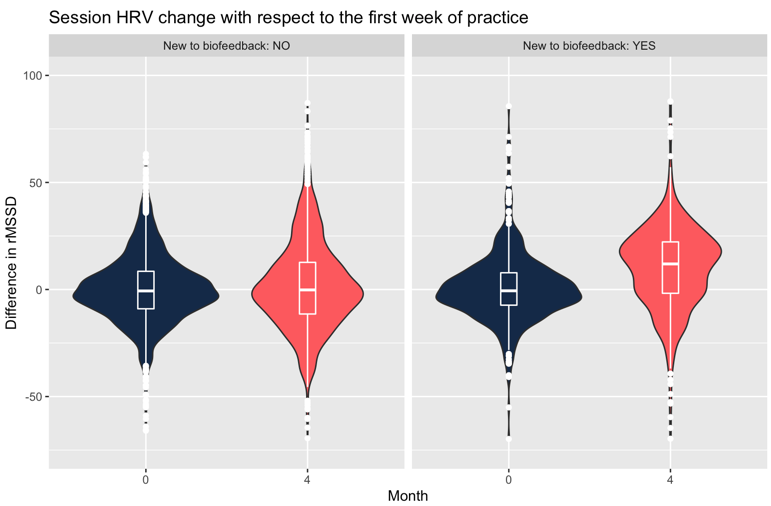
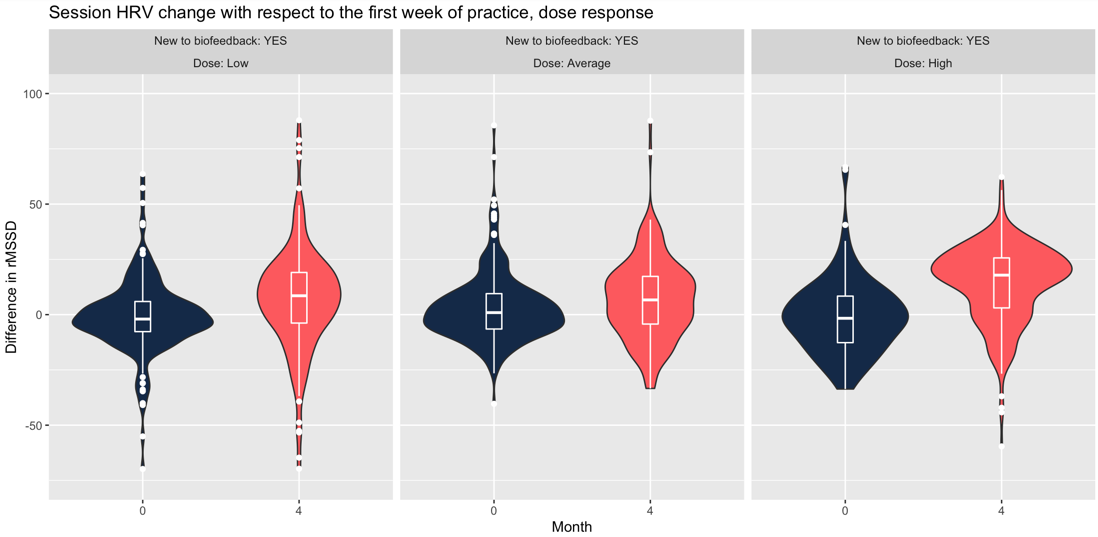
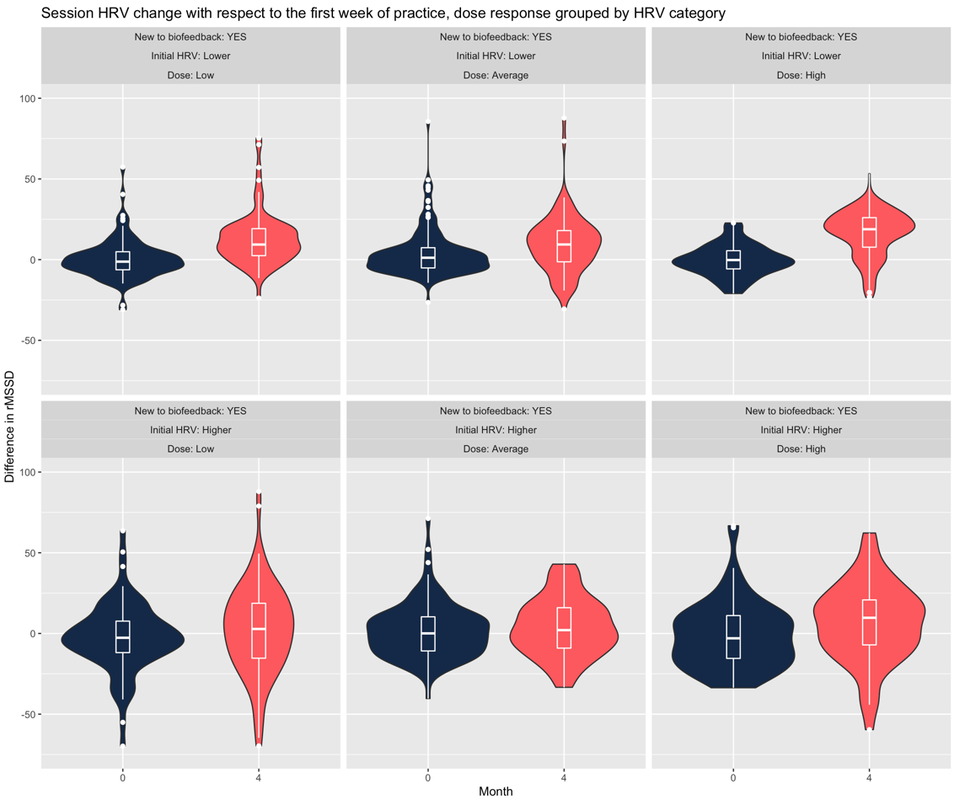
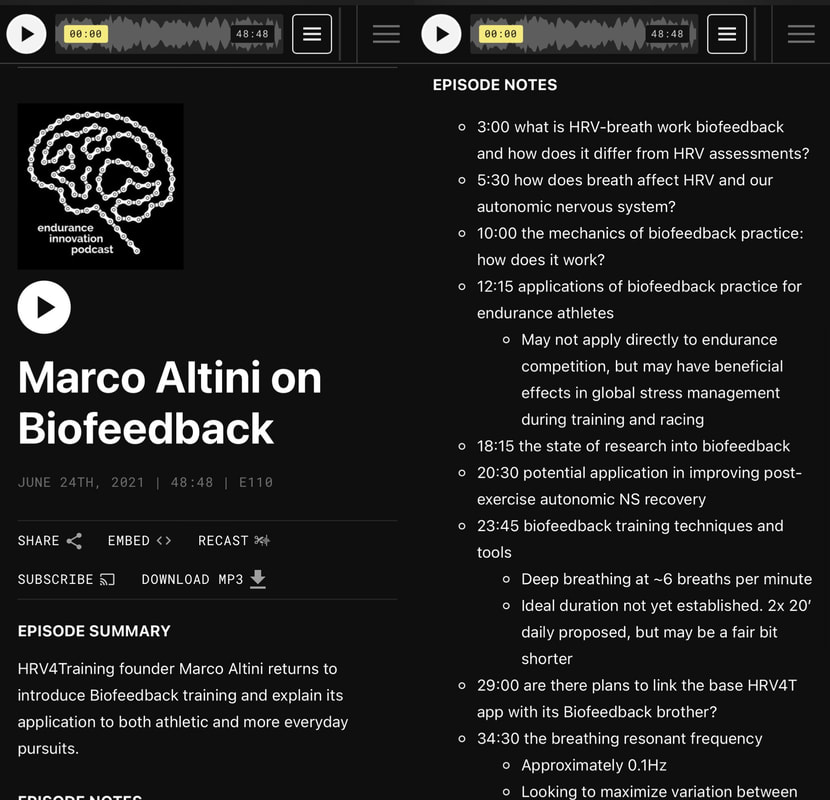
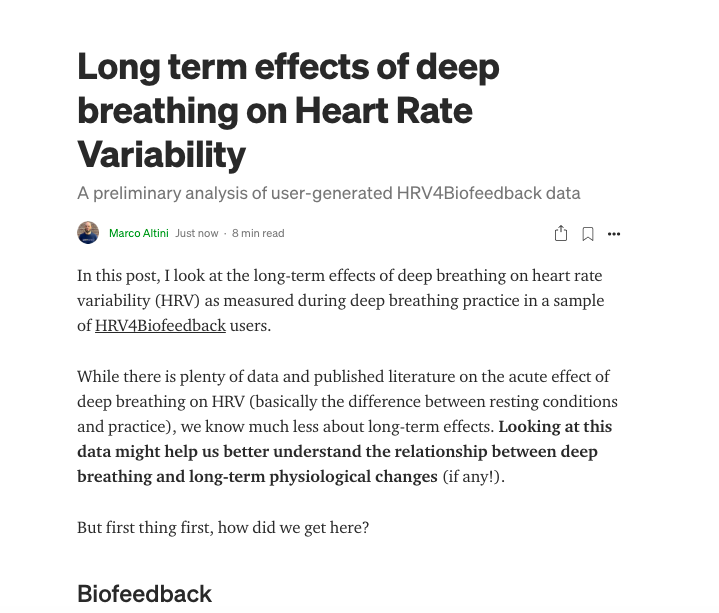
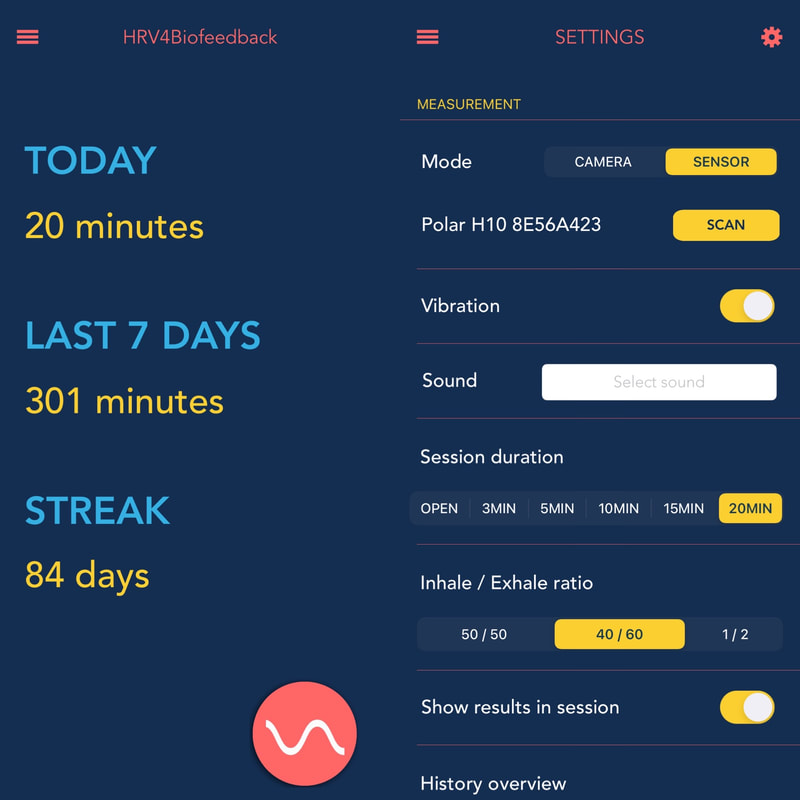
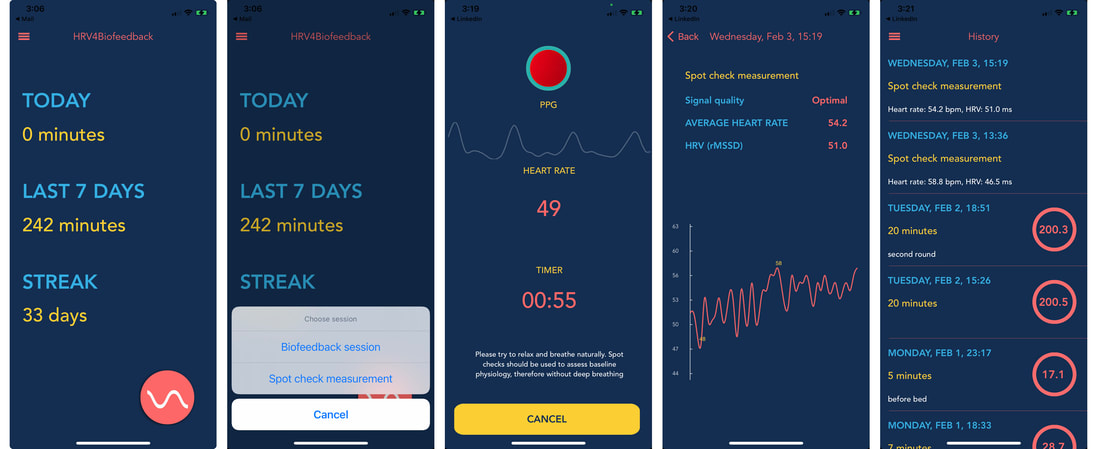
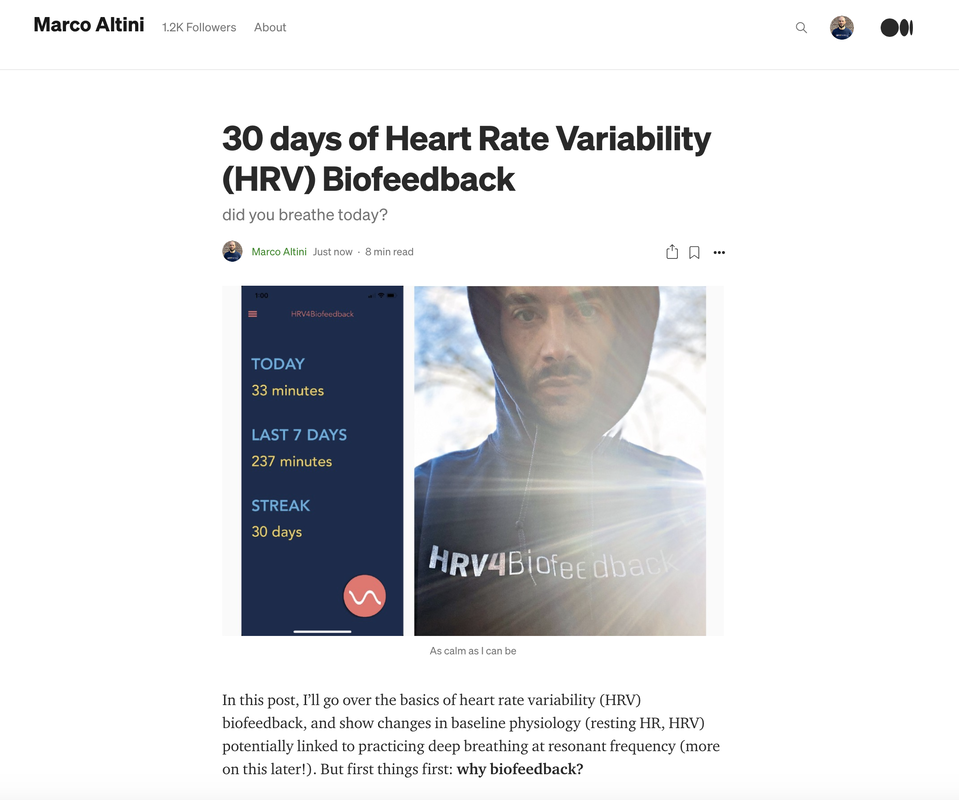
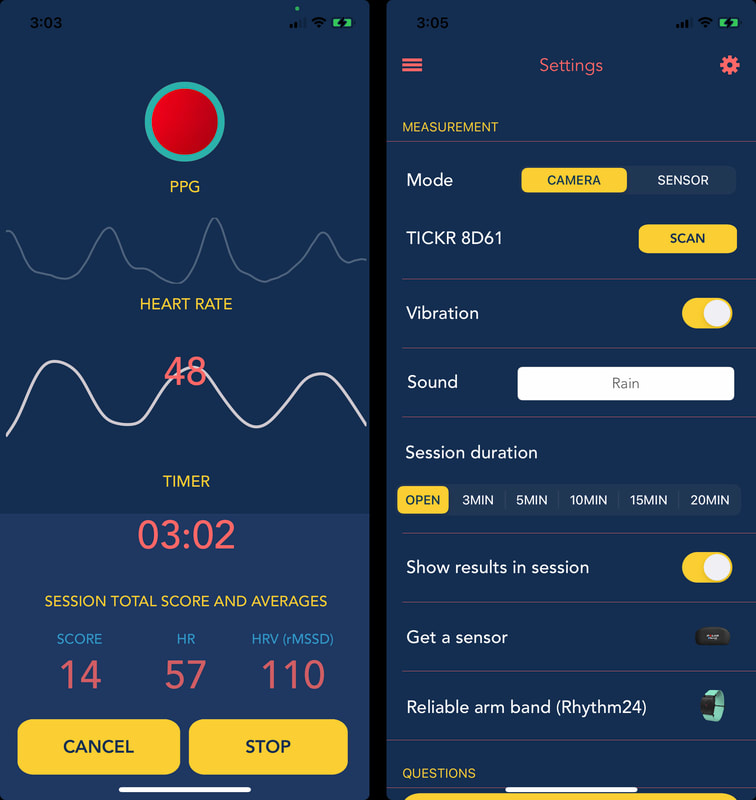
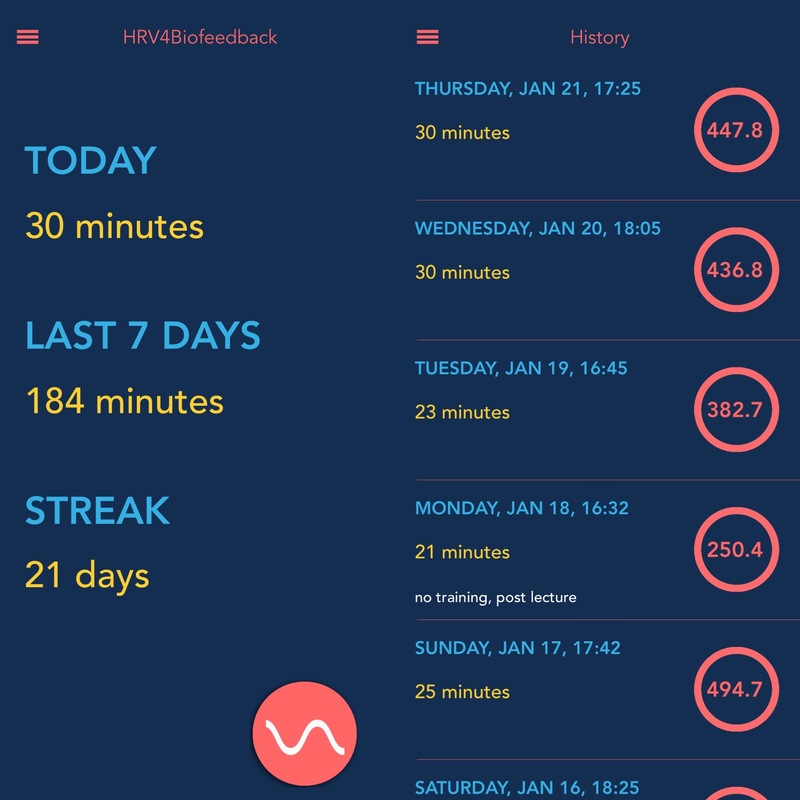
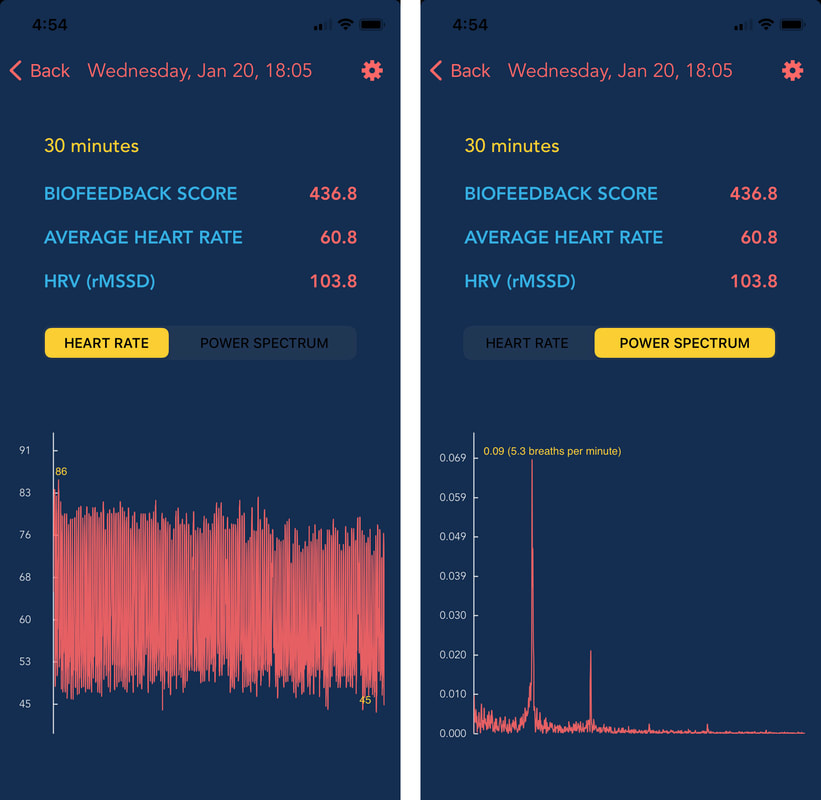
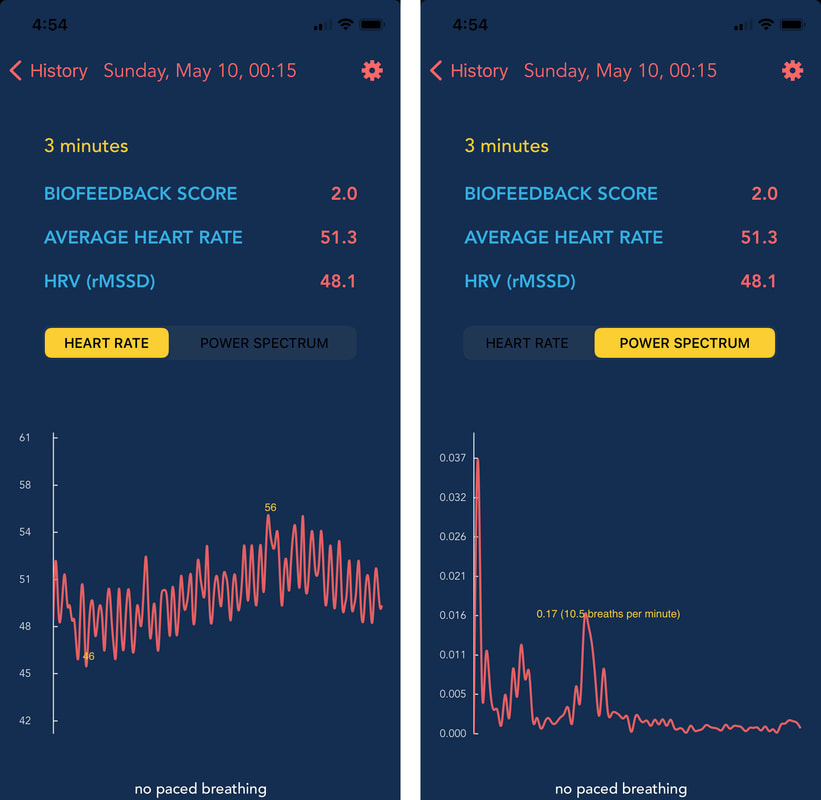
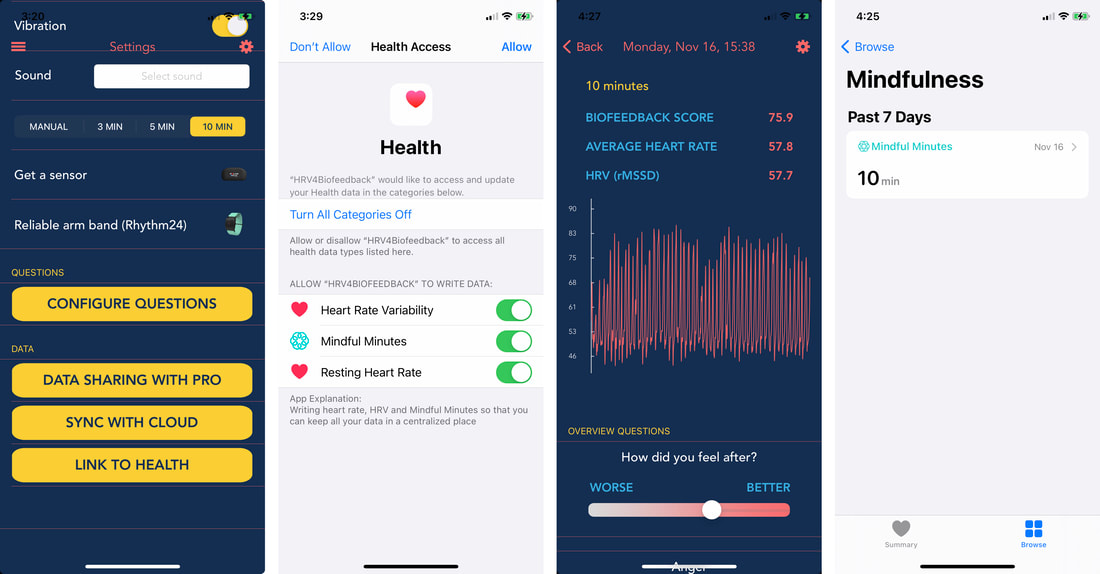
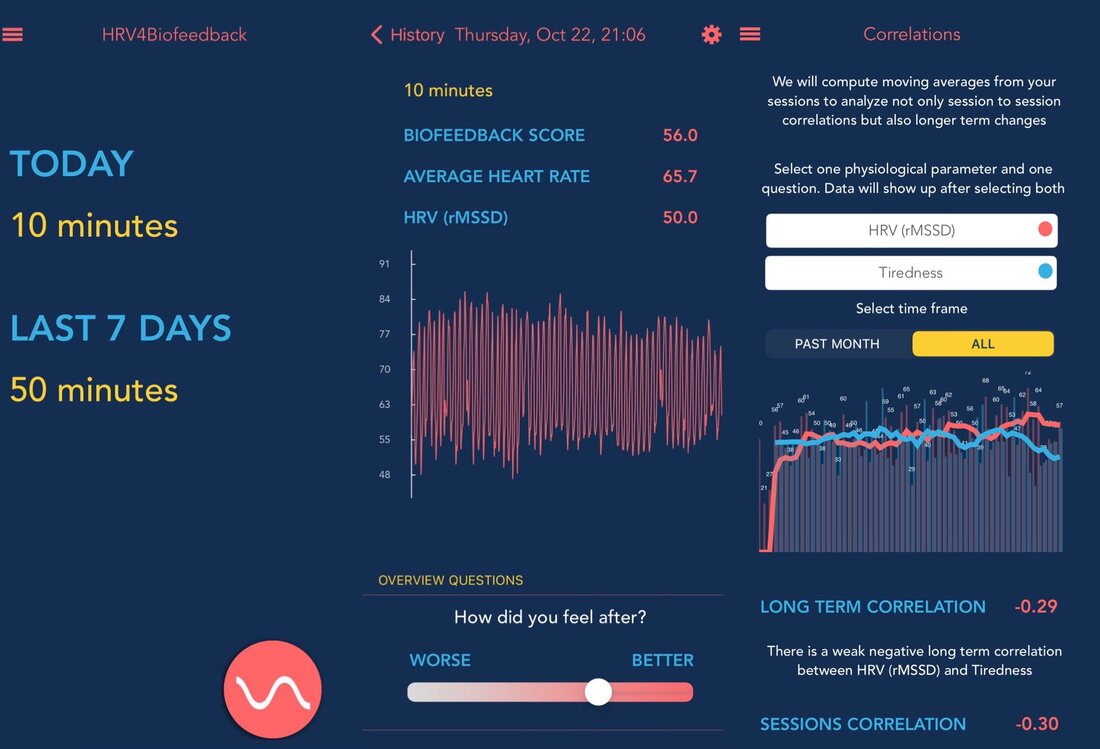
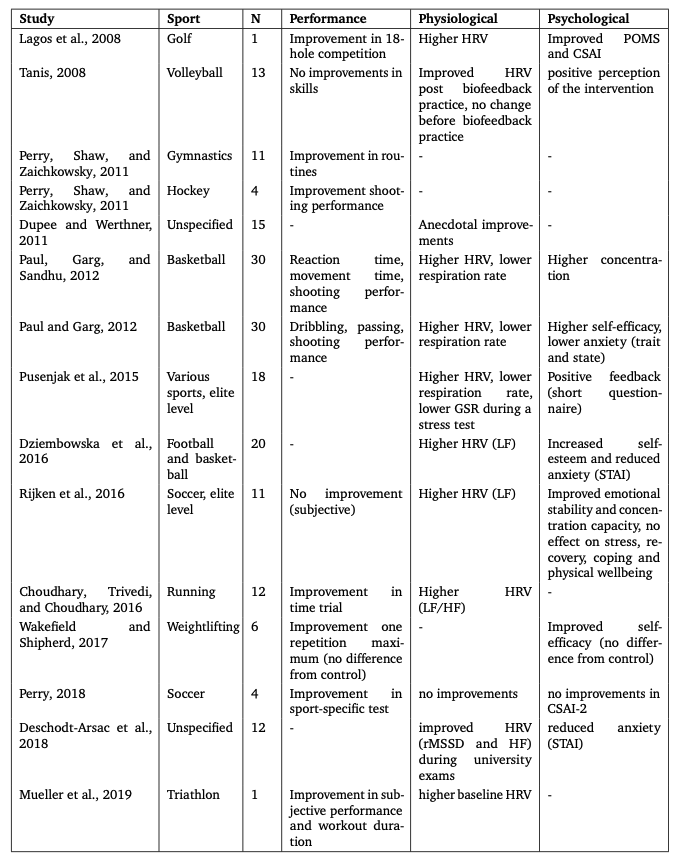
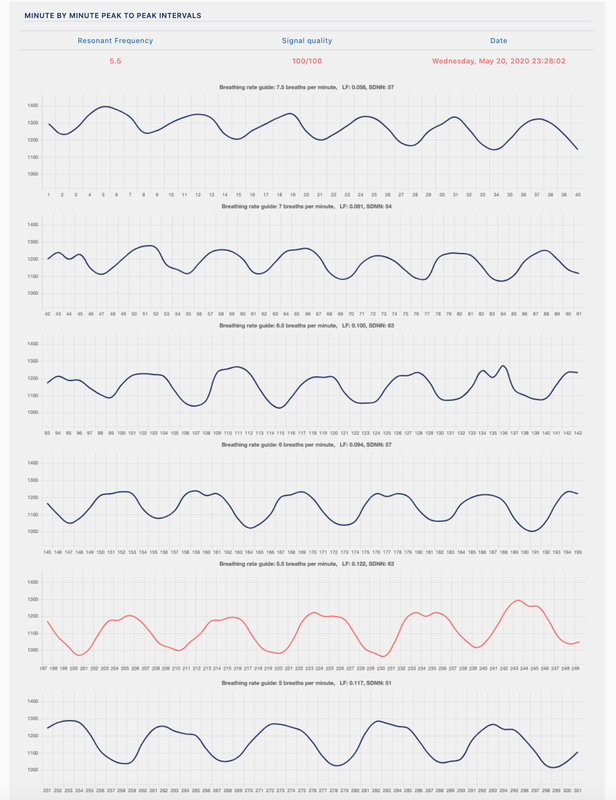

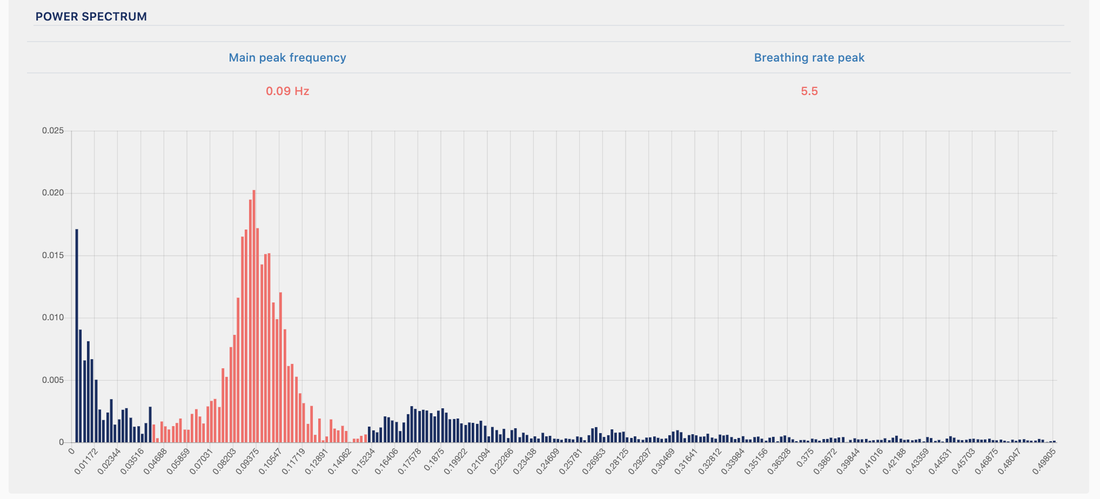
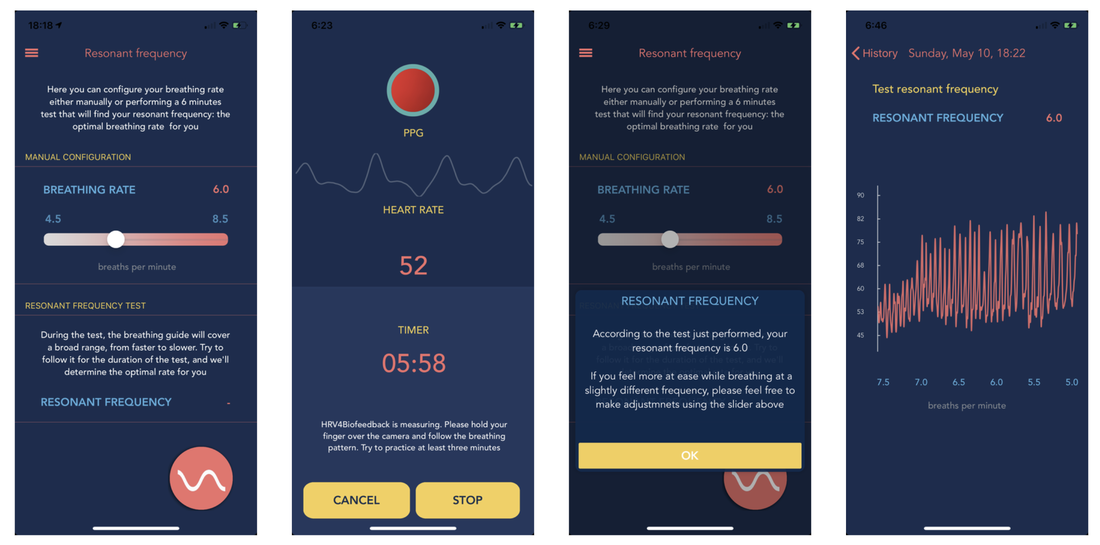
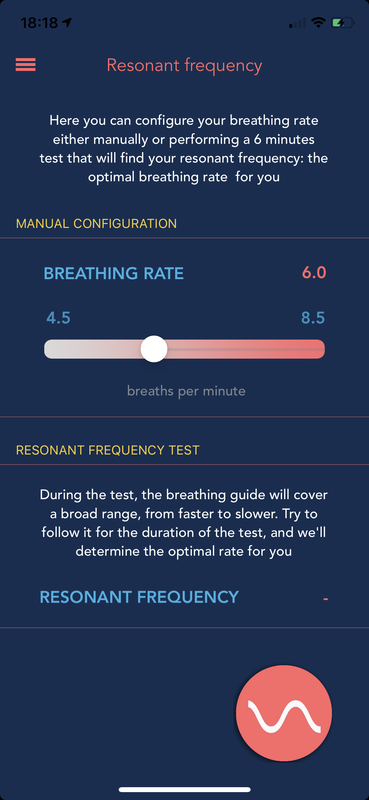
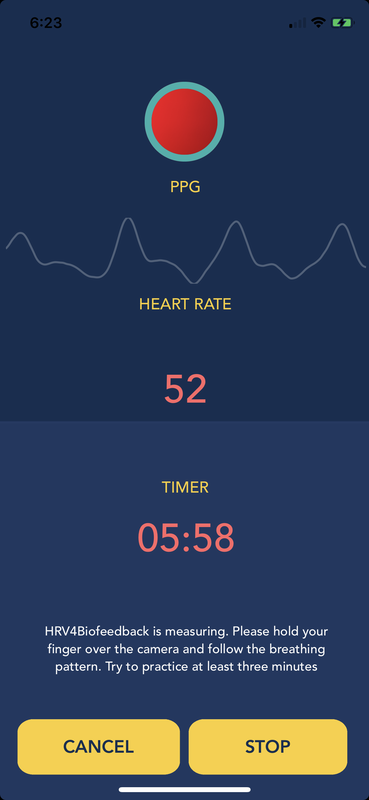
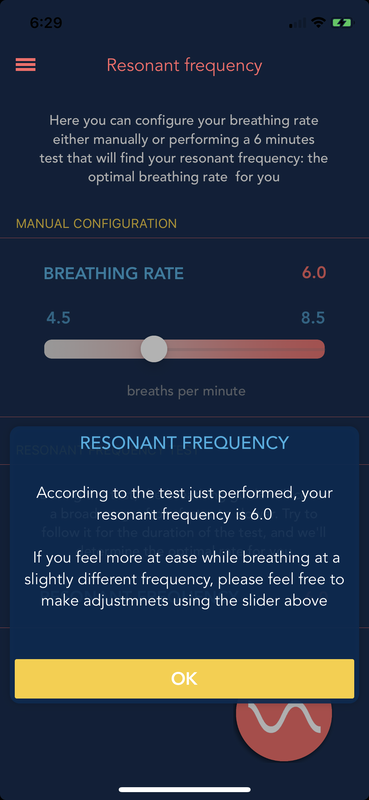
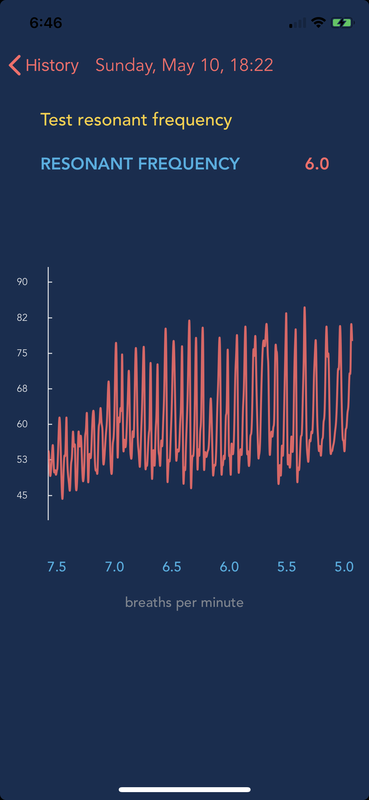
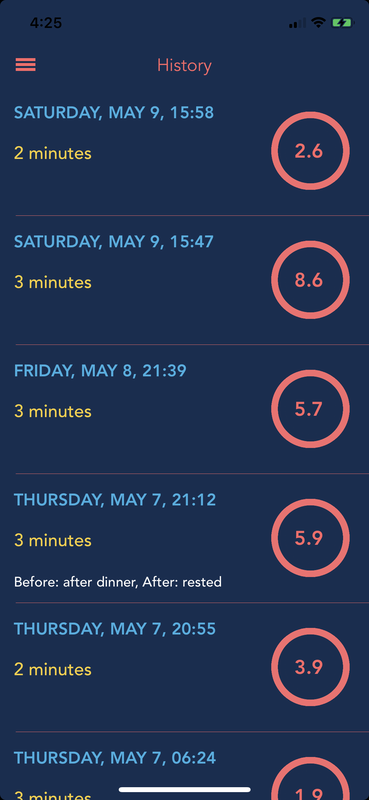
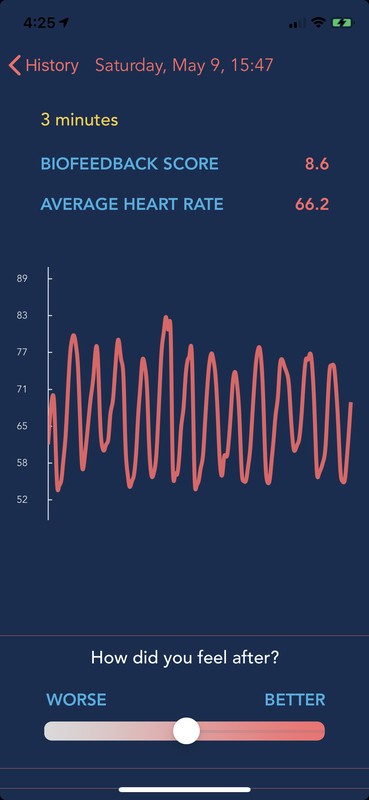
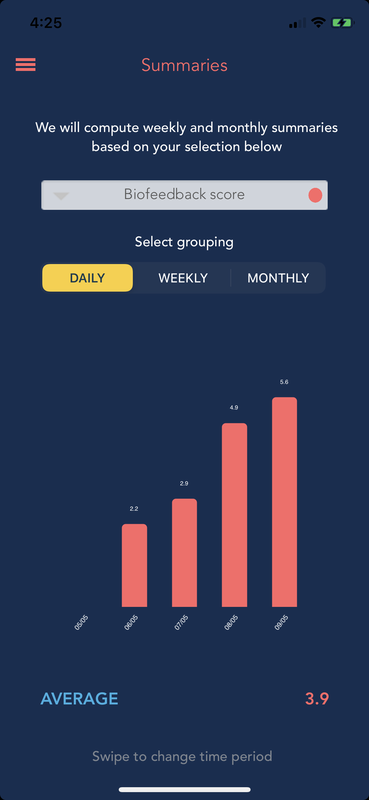
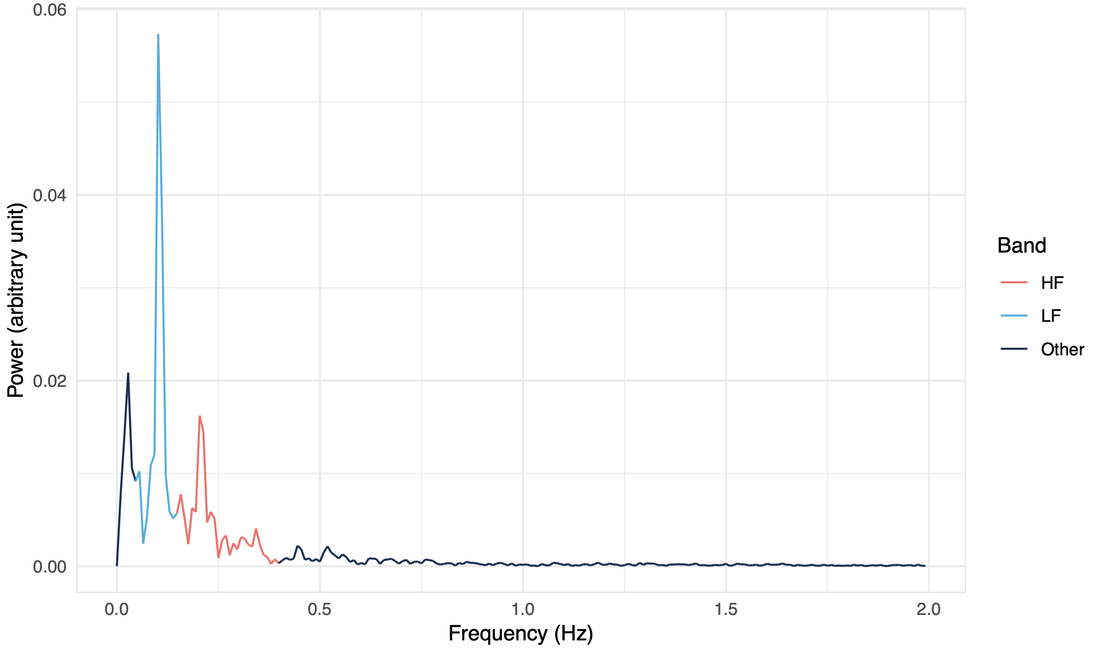
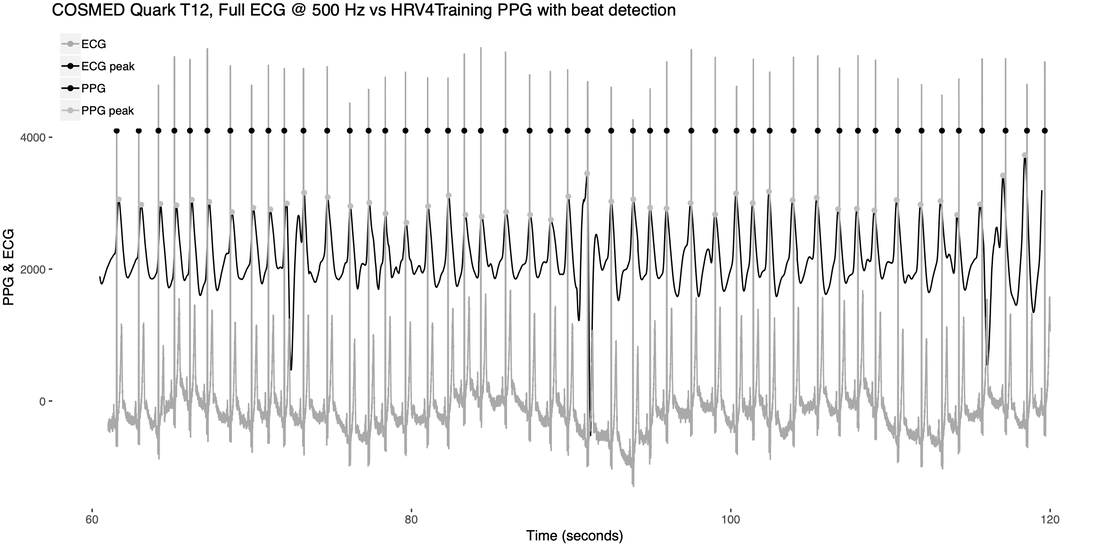

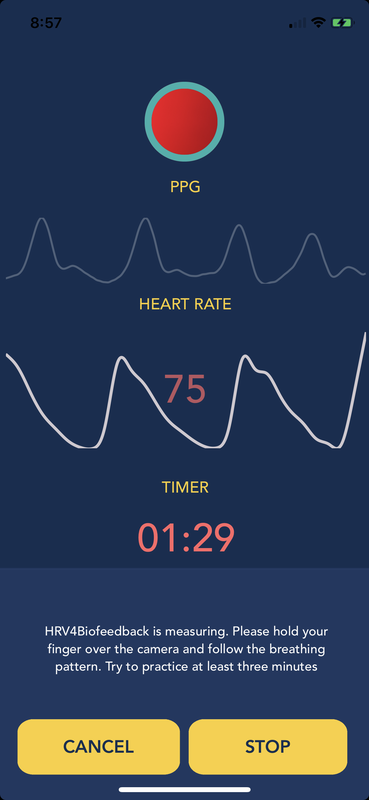
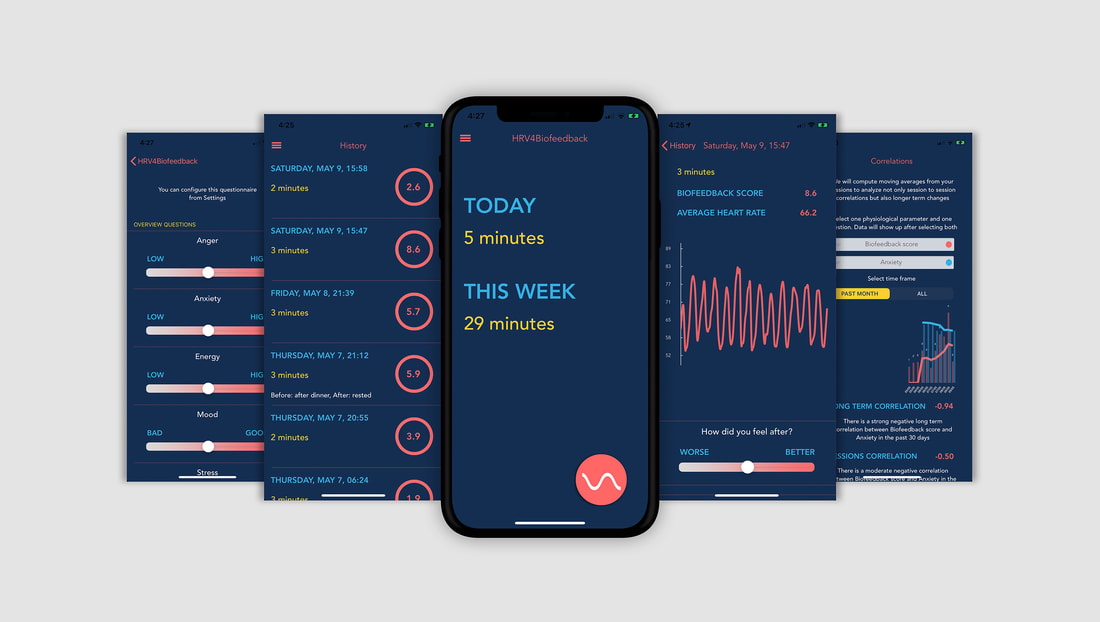


 RSS Feed
RSS Feed
